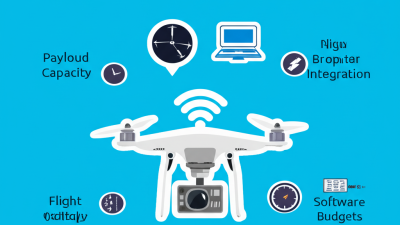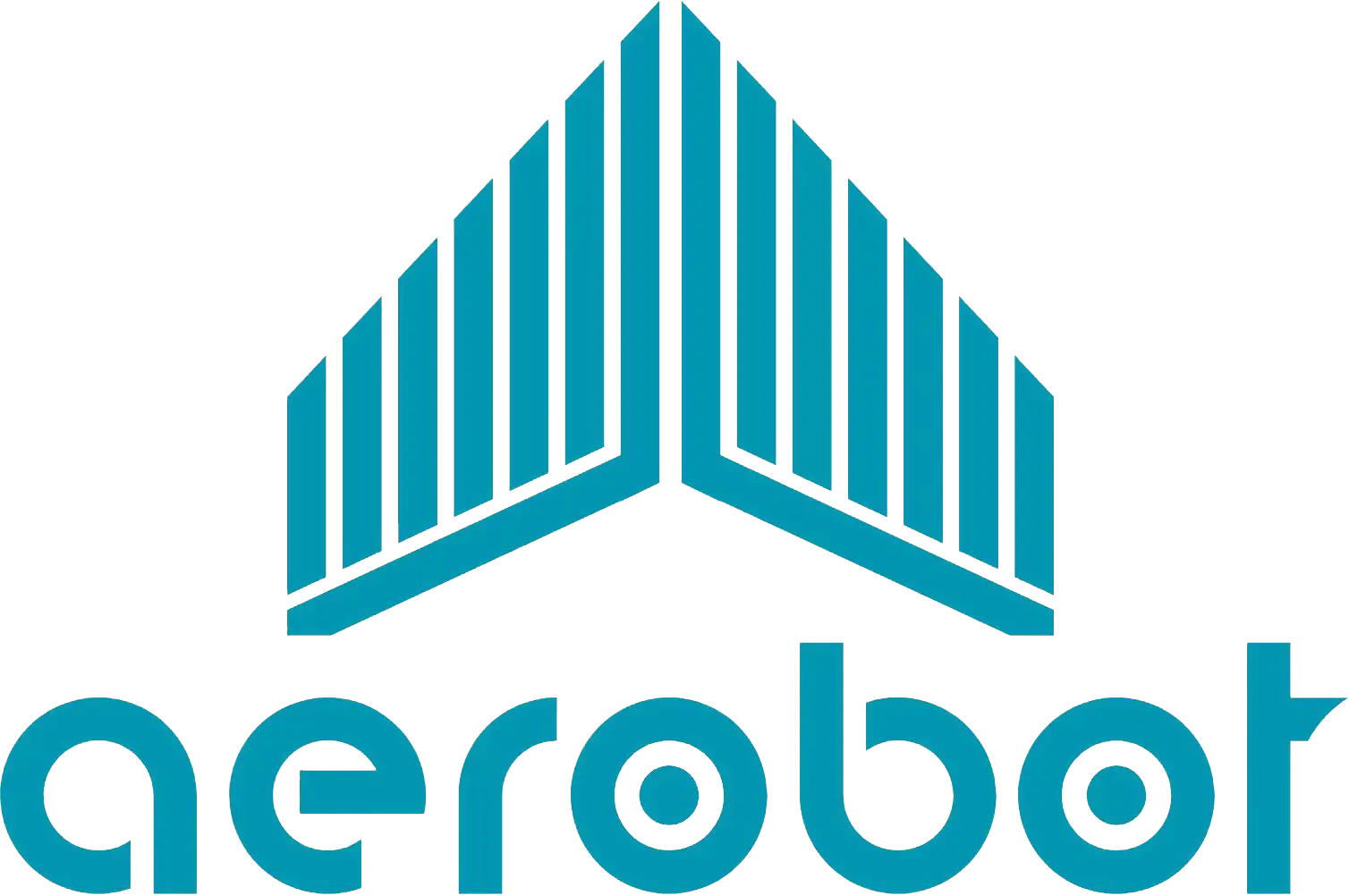Leave Your Message
In today's rapidly evolving technological landscape, businesses across various industries are increasingly turning to UAV Unmanned Aerial Vehicles to enhance operational efficiency, improve data collection, and streamline processes. Selecting the right UAV for your specific business needs can be a daunting task, given the myriad options available on the market, each boasting its own unique set of features and capabilities. Understanding the detailed technical specifications of these UAV Unmanned Aerial Vehicles is crucial to making an informed choice. Factors such as payload capacity, flight time, range, and sensor integration must all be carefully considered to ensure that the chosen UAV aligns with your operational requirements and goals. This blog will explore the top strategies for evaluating and selecting the most suitable UAV, ensuring that you invest in a solution that not only meets your technical needs but also supports your business aspirations in a competitive landscape.

When selecting the best UAV (Unmanned Aerial Vehicle) for business applications, understanding industry-specific needs is crucial. Industries such as agriculture, construction, and logistics each have unique requirements that influence UAV selection. For instance, precision agriculture is projected to reach a market size of $6.5 billion by 2026, emphasizing the demand for UAVs capable of comprehensive crop monitoring and analysis. This highlights the importance of choosing drones with advanced imaging capabilities, such as multispectral cameras, to enhance agricultural productivity.
Tip: Always consider the payload capacity of the UAV, especially in industries like construction where the ability to carry and transport tools or materials is essential. A UAV's capacity to hold larger loads can significantly enhance operational efficiency and reduce costs.
In logistics, the adoption of UAVs is expected to grow substantially, with forecasts suggesting a market value of $28 billion by 2025. For businesses in this sector, factors like flight range and battery life are critical for timely deliveries. It is essential to select UAVs with robust battery technology and efficient flight patterns to ensure logistical challenges are met.
Tip: Evaluate the regulatory environment when selecting UAVs. Different industries may face varying regulations, and understanding these guidelines is vital for seamless operations.
The UAV market has been experiencing significant growth as businesses increasingly recognize the value of drone technology across various applications. The comparative analysis of UAV types, particularly fixed-wing versus multirotor drones, is essential for organizations aiming to optimize their operations. Fixed-wing UAVs are ideal for extensive coverage and long-range deliveries, making them suitable for logistics and agricultural applications. In contrast, multirotor drones offer unparalleled maneuverability and ease of use, which makes them a popular choice for retail and e-commerce deliveries, where precision and access to hard-to-reach places are priorities.
When examining market segments, the delivery drone sector is anticipated to expand rapidly, with applications spanning healthcare, logistics, military, and agriculture. For instance, in healthcare, drones streamline the transport of critical medical supplies, while in logistics, they offer efficient last-mile delivery solutions. The choice between drone types can significantly impact operational efficiency and cost-effectiveness, prompting businesses to assess their unique needs. As the UAV market evolves, businesses must stay informed on the nuances of these technologies to make informed decisions that align with their strategic goals.
When evaluating the investment in unmanned aerial vehicles (UAVs) for your business, a thorough cost-benefit assessment is paramount. The global drone market, with projected revenues escalating from USD 42.73 billion in 2025 to USD 121.88 billion by 2033, reflects a robust compound annual growth rate (CAGR) of 14%. This significant growth indicates a burgeoning market eager for innovative solutions, especially in sectors like logistics and delivery.
One of the most promising applications of UAVs is in last-mile delivery. Drones offer a strategic edge by potentially reducing costs and enhancing efficiency in fulfillment operations. A critical assessment shows that when comparing drone deliveries to traditional truck deliveries, drones can dramatically cut emissions, costs, and time, transforming logistics frameworks. As electric drones rise in popularity, businesses must consider the long-term savings and efficiency they bring, positioning UAVs as a smart investment in today's fast-evolving landscape.
With advancements in technology and a clear trajectory for growth, incorporating UAVs into business strategies is not merely an option; it's becoming essential to maintain competitiveness in an increasingly automated environment.
In recent years, the adoption of unmanned aerial vehicles (UAVs) has revolutionized industries such as agriculture and construction. Case studies reveal that agricultural businesses have successfully utilized UAVs for crop monitoring, affording them the ability to assess plant health quickly and efficiently. For instance, a vineyard in California implemented a drone to gather data on grape maturity, leading to improved harvest timing and reduced labor costs. This strategic use of UAVs not only enhances productivity but also assists in maximizing yield by enabling precise interventions based on real-time data.
In the construction sector, UAVs have proven invaluable for site surveying and progress monitoring. A notable case involved a construction firm that employed drones to oversee a large project in real time, which facilitated better communication among teams and stakeholders. The aerial imagery provided instant feedback on project milestones, enabling proactive adjustments and minimizing delays.
When considering UAVs for your business, prioritize these tips:
The UAV market is experiencing significant growth, with the delivery drone segment projected to expand substantially in the coming years. According to market research, the global delivery drone market is expected to reach USD 29 billion by 2027, driven primarily by applications in retail, healthcare, logistics, and agriculture. In logistics, for instance, drones are becoming an essential tool in “last-mile” delivery, significantly reducing delivery times and costs. Companies are leveraging advanced technologies, including AI, to optimize delivery routes and improve warehouse efficiencies, demonstrating the transformative potential of UAVs in supply chain management.
As businesses increasingly allocate resources towards integrating drones into their operations, the importance of choosing the right type of UAV is paramount. The market is characterized by various drone types, including multirotor and hybrid platforms, tailored to different applications and operational ranges. Drones with ranges under 20 kilometers are gaining popularity in urban environments due to their ability to navigate congested areas quickly. As industries continue to adopt UAV technology, the implications for efficiency and customer service will be profound, influencing the logistics sector's future trajectory significantly.
| Criteria | Considerations | Future Trends | Industry Implications |
|---|---|---|---|
| Payload Capacity | Evaluate the weight and type of cargo needed. | Advancements in lightweight materials increase payload options. | Enhanced versatility in delivery services. |
| Flight Range | Determine the distance needed to cover operational areas. | Longer battery life and improved communication tech. | Expansion of services in remote areas. |
| Autonomy Level | Assess the need for manual vs automated flight. | Growth of AI and machine learning integrations. | Increased efficiency and reduced labor costs. |
| Regulatory Compliance | Understand local laws and regulations regarding UAV use. | Evolving regulations might require adaptability. | Need for ongoing training and compliance monitoring. |
| Cost | Consider total cost of ownership including maintenance. | Emergence of cost-effective tech solutions. | Wider adoption of UAVs across various industries. |
